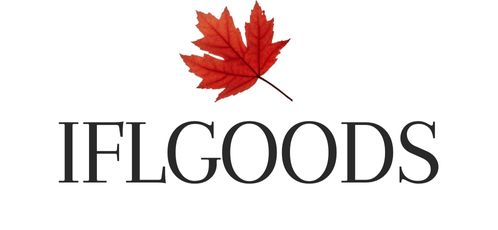Milk Production in Cows, Goats, and Sheep
Milk is an important and popular product used for human consumption and for the production of many food products. Milk production varies depending on many factors, such as the age of the animal, breed, diet, season, and other environmental factors. In this section, we will examine milk production in cows, goats, and sheep and the factors that influence this production.
Milk Production in Cows
Cows are considered the main sources of milk for human consumption. Milk production in cows is influenced by several factors, including the age of the animal, the phase of the reproductive cycle, breed, and diet. The most popular dairy cow breeds are Holstein, Jersey, and Guernsey. These breeds produce an average of 22, 13, and 12 liters of milk per day, respectively. Dairy cows require a diet rich in energy, protein, and minerals to produce quality milk. On average, a cow produces around 7,300 liters of milk per year.
Milk Production in Goats
Goats are also an important source of milk for human consumption, although their milk production is generally lower than that of cows. Milk production in goats is influenced by several factors, including the age of the animal, the phase of the reproductive cycle, breed, and diet. The most popular dairy goat breeds are Alpine, Saanen, and Toggenburg. These breeds produce an average of 3-4 liters of milk per day. Goats require a diet rich in protein and minerals to produce quality milk. On average, a goat produces around 1,095 liters of milk per year.
Milk Production in Sheep
Sheep are mainly used for meat and wool production, but they are also a source of milk. Milk production in sheep is influenced by several factors, including the age of the animal, the phase of the reproductive cycle, breed, and diet. The most popular dairy sheep breeds are Lacaune and Manech. These breeds produce an average of 1.5 to 2.5 liters of milk per day. Sheep require a diet rich in energy, protein, and minerals to produce quality milk. On average, a sheep produces around 225 liters of milk per year.
Graph 1: Total amount of milk per animal per year

Lactation Period
The lactation period also varies by breed. Cows have an average lactation period of 10 months, while goats have an average lactation period of 8-10 months. Sheep have a shorter lactation period, of about 5-6 months. During this period, milk production is at its maximum.
Graph 2: Lactation period in months per animal

Sheep Milk: An Exclusive Ingredient
Sheep milk is considered an exclusive ingredient due to its limited production and unique nutritional properties. Sheep produce a much smaller amount of milk than cows and goats, making their milk rarer and more expensive. In addition, sheep milk is richer in protein, fat, and minerals than cow or goat milk, making it more nutritious.
Sheep milk soap is one of the most popular products using sheep milk as an ingredient, due to its moisturizing, soothing, and antimicrobial properties. Sheep milk is also used in the production of high-quality cheeses and other dairy products.
Graph 3: Milk production per day

In Conclusion
In conclusion, milk production varies depending on many factors, such as the age of the animal, breed, diet, season, and other environmental factors. Cows are the main sources of milk for human consumption, followed by goats and sheep. However, sheep milk is an exclusive ingredient in many industries due to its unique nutritional properties and rarity. The lactation period is also an important factor to consider when maximizing milk production in each animal. The presented graphs allow you to visualize the differences in milk production between the three animals, as well as the lactation period and milk production per day.

